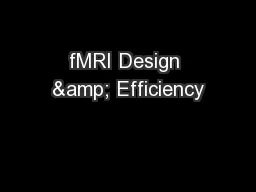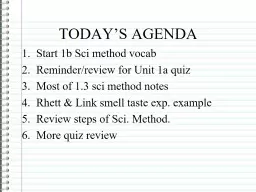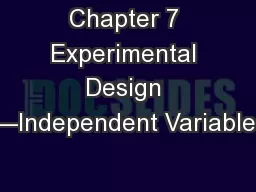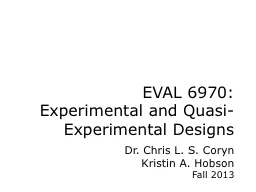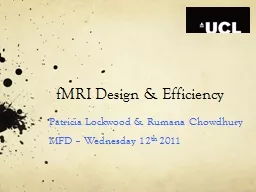PPT-Experimental Design and Efficient Research
Author : danika-pritchard | Published Date : 2016-12-06
Dr Richy Hetherington and Dr Kim Pearce Todays Session Start a live experiment The scientific method in context You are the information generation Planning
Presentation Embed Code
Download Presentation
Download Presentation The PPT/PDF document "Experimental Design and Efficient Resear..." is the property of its rightful owner. Permission is granted to download and print the materials on this website for personal, non-commercial use only, and to display it on your personal computer provided you do not modify the materials and that you retain all copyright notices contained in the materials. By downloading content from our website, you accept the terms of this agreement.
Experimental Design and Efficient Research: Transcript
Download Rules Of Document
"Experimental Design and Efficient Research"The content belongs to its owner. You may download and print it for personal use, without modification, and keep all copyright notices. By downloading, you agree to these terms.
Related Documents






